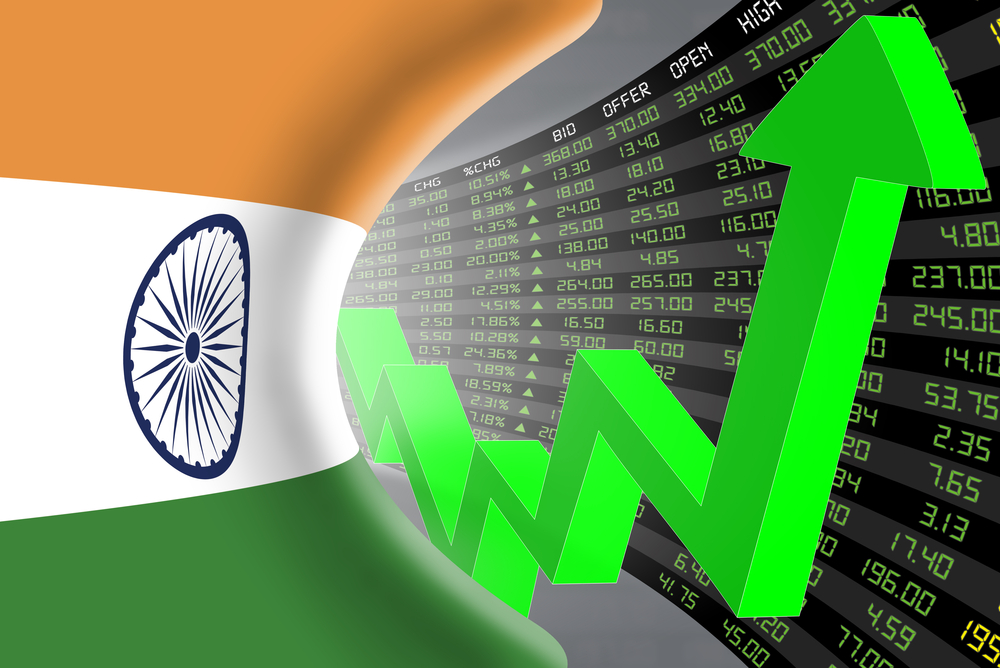
From United States to Japan, over 180 geographies have reported a confirmed case of coronavirus and almost everyone on this planet is adversely affected by this virus. An event of this scale would bring along many catastrophic consequences- social and economic. Many pundits have already declared COVID-19 as the “Black Swan” of 2020 with global economies starring at one of their worst recessions ever.
There is something strange happening in the stock markets across the globe, especially India. To say the least, it seems like the markets are either not paying adequate seriousness to the pandemic or anticipating the discovery of a vaccine more optimistically when compared to the rest of the world. The bounce back to pre-COVID levels has left many investors in ambiguity. This piece is not about predicting what will happen to the markets going forward rather it talks about what could be a possible explanation to the path markets followed since the announcement of lockdown in India. Before we get into the numbers, almost all of us would agree that the Indian economy has never experienced such a massive shock- to both demand and supply in its recent past. The world of 2020 is in uncharted waters.
While enough has been written about the increase volatility in the markets, below is some analysis on the daily movement of BSE Sensex for past 10 years. The analysis is based on the number of days the index gained or lost 1 per cent or more. This clearly shows how 2020 stands as an outlier when compared to 2011-2019, with approximately six months to go from here. 2020 stands tall among all these years with roughly having a 1 per cent or more gain/loss every second trading day.

Take a look at this analysis from historical data.

The above line represents the ratio of days the index gained 1 per cent or more to days when it lost 1 per cent or more. At 1.32, it is almost equal to the highest value which was 1.33 back in 2017. The line below depicts the index return for that year. There is a sharp divergence in 2020 as shown by the data. With a gain to loss ratio of 1.33, 2017 closed with a gain of 28 per cent but 2020, with a ratio of 1.32 has a return of -9 per cent so far till July 22nd, 2020. This means, the change in index in 2020 is skewed towards bigger negative values. The next graph makes this case stronger. Remember we have over five months to close this year. The frequency of the daily market moves is also exceptional.

Of the 13 times when Sensex lost 2.5 per cent or more in 2020, seven came in the month of March. While it is relevant to draw comparison to the Spanish flu pandemic of 1918 with COVID-19 for medical reasons, no such event exists to draw parallel of COVID-19 and its impact on Indian financial markets. Though the mortality rate of COVID-19 is less when compared with Spanish flu, the implications for economy are far more severe. Back in those times, supply chains were not interlinked as they are today. One of the possible explanations of the markets reacting so sharply to COVID-19 in March is the supply chain integration across the globe. Recent developments have led to heavy reliance on geographically expansive supply chains and the ubiquity of just-in-time inventory systems. Both are highly vulnerable to sudden supply disruptions. While disruptions to international supply chains surely have contributed to a contraction in economic activity, but that might not be complete answer. If this was the case, the markets should have reacted when China went into a lockdown or when pandemic was at its peak in Europe.
Another possible explanation could be the role and contribution of services in our GDP. Long distance travel has become common supporting tourism and hospitality sectors and facilitating commercial activity in education, entertainment, and other sectors. While we use technology in every sphere of life, the structure of economy has also evolved where interactions take place in proximity. An abrupt and compulsory lock down imposed on 1.3 bn Indians brought about uncertainty of future. Once people adjusted with the new normal of staying indoors, the odds of Sensex falling by 2.5% or more became less.
I recognize that these conclusions have a broad bush character and there is much room for further investigations into the relative importance of voluntary social distancing efforts and government restrictions, as well as studies that seek to quantify the role of restrictions. There is also much room for research into the stock market reactions to fiscal and monetary policy actions during the 2020 pandemic.


